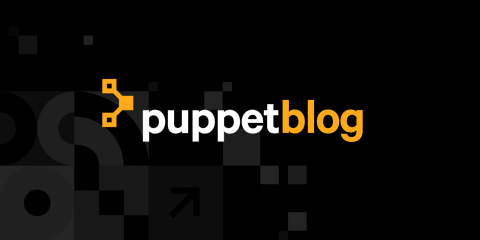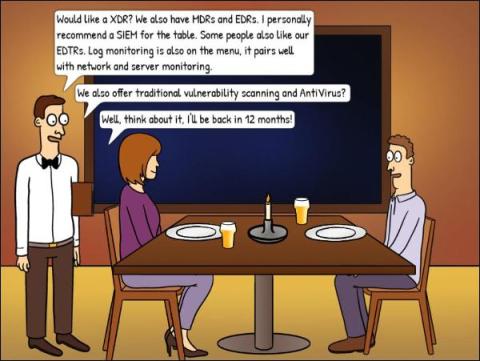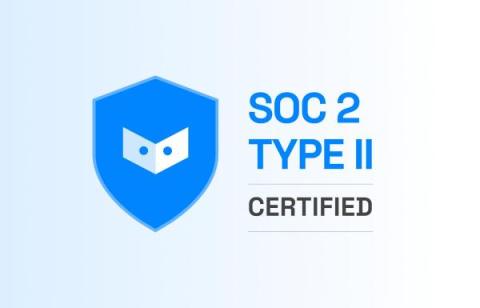How DEX Benefits IT & Security Operations: 5 Top Use Cases
I was recently explaining the importance of digital employee experience (DEX) management to a consultant who is a self-described "digital nomad" and works from wherever he pleases. The connection to DEX may not have entirely been clear, until I explained that his ability to easily do his work remotely using online tools exemplifies what good DEX is all about in the era of Everywhere Work.










